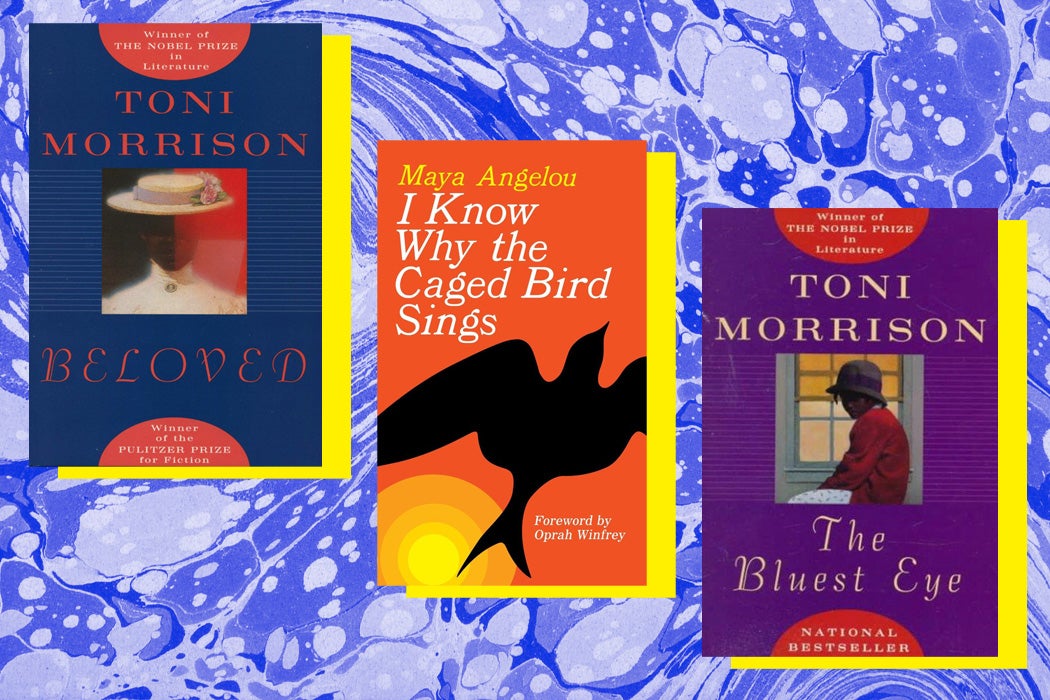In 1982, the American Library Association established Banned Books Week in response to the increase in challenges to books in libraries, classrooms, and school libraries.
The Reasons for Censoring
Of course, censorship and challenging creative thought did not begin in the 1980s. The earliest form of censorship was book burning, carried out in order to solidify governmental power, erase history, and prevent the spread of ideas.
Dr. Whitney Strub tackles the latter in “Black and White and Banned All Over: Race, Censorship, and Obscenity in Postwar Memphis.” According to Strub, the Board of Censors and the Memphis city government worked to censor films and media that they considered inappropriate. Ultimately, the films that they censored included scenes featuring a mixing of Black and White characters. There was a particular focus on regulating images of real or imagined intimate relations between Black men and White women, a trope that is a legacy of Reconstruction. The censors felt that the message of these films was one of “social equality” that challenged normative values. The intent was that by censoring these images, the Black community in Memphis would not get the wrong idea about their “place” in society.
Books, film, and art are commonly banned or challenged in American society because they are sexually explicit. However, as Strub notes, historically people use sex as a code for race. It is easier or more politically correct to claim that you oppose a work of art because it is sexually explicit, than to object to how it portrays race. A prime example of this comes from the challenges of Beloved and The Bluest Eye by Toni Morrison and I Know Why the Caged Bird Sings by Maya Angelou in schools and libraries across the country. All three of these works deal with issues relating to racism and have a sexual component. Nevertheless, they make a larger argument about the role and treatment of girls and women in American society.
The Societal Impact of Censorship
Attempts to remove texts like these limit students’ ability to engage with subject matter that will help them survive in society and understand what is happening in their own lives and the lives of others. Tonya Perry explores the impact in “Taking Time to Reflect on Censorship: Warriors, Wanderers, and Magicians.” She notes that there are three roles an educator can play: warrior (who teaches just the facts), wanderer (who encourages questioning and interpreting experiences), and magician (where learning meets action and transformation). The magician educator will have material that addresses subject matter such as sexual harassment, sexuality, racism, and sexism, and demonstrates to students how they can put this knowledge into action. Thus, students become producers as opposed to being consumers of knowledge.
Weekly Newsletter
According to Perry, those who censor in an attempt to “protect” students are actually doing them a disservice by not providing them the language and tools to communicate. Furthermore, it disproportionately impacts the students who come from underrepresented communities. Censorship signifies that their stories and histories are not valuable or important enough to be studied. As Strub notes, the act of censoring puts attention on the action of the challenge rather than addressing the societal issues that are facing American communities. In other words: censorship is a dangerous distraction.







